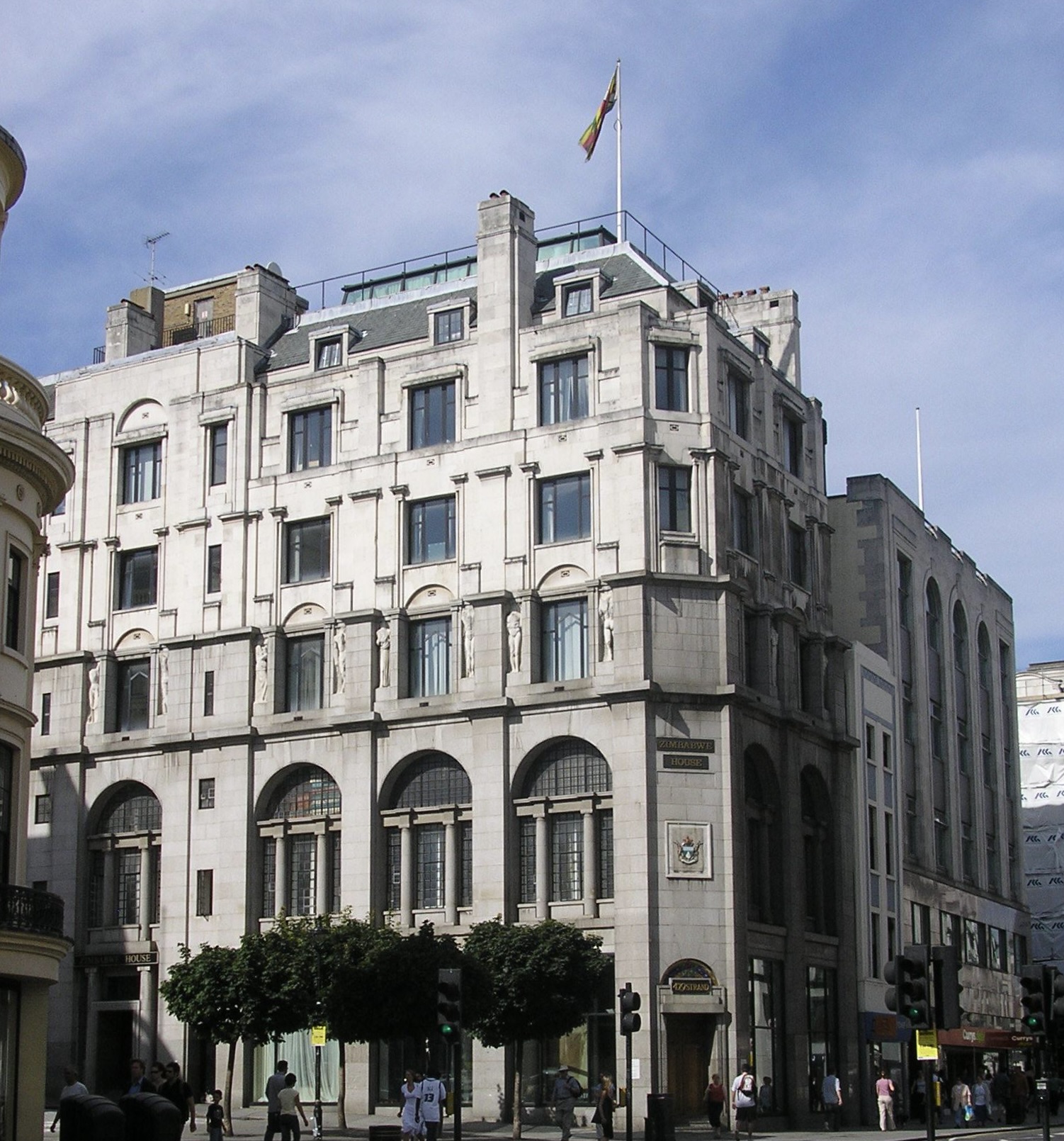1. Finland: The Happiest Nation

Finland stands proudly as the world’s happiest country in 2025, holding a remarkable happiness score of 7.8 out of 10, according to the latest World Happiness Report. This achievement is not just a fluke—it’s the result of years of investment in social support, education, and health. Finnish people feel secure, with 92% reporting satisfaction with their lives, a number that is hard to match anywhere else. The country’s commitment to equality and mental well-being is visible in everyday life, from extensive parental leave to free mental health services. Trust in government remains extremely high, with citizens confident that their leaders have their best interests at heart. Nature also plays a central role, with most Finns spending time in the forests or by lakes for relaxation and stress relief. The culture values work-life balance deeply, and this is reflected in policies and daily routines. This blend of security, community, and nature makes Finland a shining example of national happiness.
2. Denmark: A Close Second

Denmark follows closely with a happiness score of 7.6 out of 10, holding firm to its reputation for contentment and well-being. Danish society is built on a foundation of equality, with universal access to healthcare, education, and generous unemployment benefits. The concept of “hygge,” a uniquely Danish idea of coziness and togetherness, permeates daily life and strengthens community bonds. A recent survey found that 88% of Danes feel connected to their neighborhoods, underlining a strong sense of belonging. Denmark also boasts low crime and corruption rates, which further reassure its people. Flexible working hours are common, allowing Danes to prioritize family and leisure time without sacrificing career goals. Outdoor life is encouraged, with city planning that favors bicycles and green spaces. The Danish model demonstrates how a supportive, caring society can lead to widespread happiness.
3. Switzerland: The Land of Prosperity

Switzerland shines in third place, scoring 7.5 out of 10, thanks to its stable economy and high standard of living. Swiss citizens enjoy financial security, with low unemployment and excellent social safety nets. Healthcare and education are both top-notch, accessible to everyone regardless of income. The nation’s breathtaking landscapes offer countless opportunities for recreation, helping people stay active and healthy. Political neutrality and a tradition of direct democracy foster a sense of control and safety among the population. According to national surveys, 90% of Swiss people are satisfied with their lives, reflecting the country’s success in building a happy society. Sustainability is a key focus, with citizens and government alike supporting environmental initiatives. Switzerland’s prosperity is not only material but also deeply rooted in community well-being.
4. Iceland: A Nation of Community

Iceland ranks fourth with a happiness score of 7.4 out of 10, standing out for its close-knit communities and strong social ties. The country’s small population means people often know their neighbors, creating connections that offer support in times of need. Trust in government is high, with leaders often accessible to ordinary citizens. Iceland’s culture values gender equality and inclusiveness, which has helped foster a sense of unity and shared purpose. The landscape, filled with waterfalls and volcanic beauty, encourages residents to spend time outdoors, nurturing mental and physical health. Education and healthcare are accessible to all, helping prevent social divides. Recent research found that 85% of Icelanders feel a strong sense of belonging, showing just how powerful community can be. Equality and opportunity are not just ideals—they are daily realities in Iceland.
5. Netherlands: A Happy Society

With a happiness score of 7.3 out of 10, the Netherlands is celebrated for its open-mindedness and social support systems. The Dutch welfare state ensures that healthcare and education are within reach for everyone, reducing anxiety about the future. Tolerance and inclusivity are central values, making the country welcoming to people from all backgrounds. The Dutch have embraced cycling as a primary means of transportation, which not only benefits the environment but also promotes physical health. Work-life balance is taken seriously, with part-time work and flexible hours common. Surveys show that 87% of Dutch citizens are satisfied with their lives, highlighting the impact of these progressive policies. Mental health initiatives are well funded, underscoring the importance placed on emotional well-being. The Netherlands proves that happiness flourishes where equality and community are prioritized.
6. Norway: A Land of Equality

Norway comes in sixth, boasting a happiness score of 7.2 out of 10 and a society built on trust and fairness. The Norwegian welfare model provides cradle-to-grave support, ensuring no one is left behind, regardless of life’s challenges. Access to free healthcare and education helps maintain a high standard of living for all. The government has invested heavily in environmental sustainability, protecting Norway’s stunning forests, fjords, and coastline. Recreational activities like hiking and skiing are integral to the Norwegian lifestyle, supporting both physical and mental health. A recent study found that 89% of Norwegians report satisfaction with their lives, a testament to the effectiveness of their social policies. Social cohesion is strong, with community events and traditions bringing people together regularly. Norway’s commitment to equality and the environment sets a powerful example.
7. Sweden: A Model of Welfare

Sweden’s happiness score of 7.1 out of 10 reflects its dedication to social justice, gender equality, and comprehensive welfare. Swedish citizens benefit from universal healthcare and education, which are cornerstones of the nation’s social contract. Gender parity is actively pursued, with women holding significant roles in government and business. The culture strongly emphasizes balance, with six-week vacations and flexible work arrangements being the norm. Eighty-six percent of Swedes say they are satisfied with their lives, according to national statistics. Green spaces and easy access to nature encourage an active lifestyle and provide a respite from city life. Mental health is prioritized, with widespread support services available to everyone. Sweden’s blend of progressive values and practical support systems makes it a beacon for happiness.
8. New Zealand: A Land of Opportunity

New Zealand’s happiness score of 7.0 out of 10 is driven by a strong sense of community and respect for the environment. The country’s natural beauty is legendary, and Kiwis take full advantage of outdoor activities from hiking to surfing. Access to quality healthcare and education is universal, helping create a level playing field. Community spirit is strong, with neighbors looking out for one another and volunteering rates among the highest in the world. Surveys show that 84% of New Zealanders are happy with their lives, reflecting the impact of these social and cultural values. Environmental sustainability is a top priority, with the government taking steps to preserve the country’s unique ecosystems. Mental health support has been expanded in recent years, ensuring that well-being is not just physical but also emotional. New Zealand’s blend of opportunity, nature, and community creates a truly happy nation.
9. Austria: A Cultural Hub

Austria achieves a happiness score of 6.9 out of 10, combining rich cultural traditions with modern comforts. Austrians benefit from a strong social safety net that includes universal healthcare and free education. The country’s vibrant arts and music scene provides not only entertainment but also a sense of identity and pride. Work-life balance is valued, with generous vacation time and flexible working conditions widely available. Eighty-two percent of Austrians report life satisfaction, according to recent surveys. Community cohesion is strong, with local festivals and traditions bringing people together year-round. The government places importance on environmental initiatives, which resonates with citizens’ appreciation for their scenic country. Austria’s success in blending cultural heritage with social support is a key driver of its happiness.
10. Australia: A Land of Diversity

Australia rounds out the top ten with a happiness score of 6.8 out of 10, known for its sunny climate and diverse population. Australians enjoy high-quality healthcare and education systems that are accessible to everyone. The country’s multicultural society fosters acceptance and belonging, making it easy for newcomers to integrate. Outdoor living is a way of life, with beaches, parks, and sports playing a central role in daily routines. Eighty percent of Australians say they are satisfied with their lives, a reflection of the country’s positive outlook. Work-life balance is promoted through flexible schedules and generous leave policies. Environmental preservation is a priority, with efforts to protect reefs and wilderness areas. Australia’s vibrant cities and welcoming communities create an environment where happiness thrives.
11. Afghanistan: The Struggle for Stability

Afghanistan is ranked among the world’s least happy countries, with a score of just 2.5 out of 10 in 2025. Decades of conflict have left the nation struggling with insecurity and uncertainty, impacting every aspect of life. Access to basic services such as healthcare, education, and clean water is limited for much of the population. Economic hardship is widespread, with high unemployment and poverty rates weighing heavily on families. Social support systems are weak, making it difficult for people to recover from trauma and loss. Displacement and ongoing violence have torn communities apart, reducing feelings of safety and trust. Corruption remains a significant issue, further undermining public confidence in institutions. Afghanistan’s challenges highlight just how critical peace and stability are for national happiness.
12. South Sudan: A Nation in Crisis

South Sudan, with a happiness score of 2.9 out of 10, faces immense hurdles on the path to well-being. Ongoing civil conflict and humanitarian emergencies have devastated the country’s infrastructure and economy. Millions of people have been displaced, living in camps with limited food, water, or healthcare. Education is often interrupted by violence or lack of resources, robbing children of opportunities for a better future. Trust in government is low, as corruption and instability persist at every level. High rates of illness and malnutrition further erode quality of life. Community ties are stretched thin by constant upheaval and loss. South Sudan’s struggle is a reminder of how vital peace, security, and basic services are for happiness.
13. Zimbabwe: Battling Economic Hardship

Zimbabwe remains near the bottom of the happiness index, scoring just 3.1 out of 10 in 2025. The country faces persistent economic woes, including hyperinflation, high unemployment, and shortages of basic goods. Political instability and corruption have shaken public trust in leadership and institutions. Many families struggle to afford healthcare or education, deepening cycles of poverty and disadvantage. Infrastructure challenges, such as unreliable electricity and water supply, add to daily stress. Social support networks are strained, as community resources are often stretched thin. Despite these difficulties, Zimbabweans display remarkable resilience, but overall life satisfaction remains low. The situation demonstrates how economic and political turmoil can undermine happiness even in the face of strong community spirit.
14. Factors Contributing to Unhappiness

Several key factors drive unhappiness in the world’s most struggling nations. Ongoing conflict and violence create persistent fear, disrupting daily life and breaking down communities. Economic instability, marked by joblessness and inflation, leaves families unable to meet basic needs. Access to essential services like healthcare, education, and clean water is often limited or nonexistent. Corruption erodes trust in government, making it difficult for people to believe in a better future. Social inequalities, including discrimination based on gender, ethnicity, or class, further divide communities and breed resentment. Mental health challenges are widespread, but support systems are often lacking or overwhelmed. These issues combine to create environments where hope and happiness are hard to sustain. Addressing these challenges is essential for lifting these countries up the happiness scale.
15. The Path to Happiness

For nations struggling at the bottom, the road to happiness is complex but not impossible. Investing in healthcare and education provides a foundation for individual and community well-being. Building trustworthy institutions and reducing corruption can restore faith in government and promote social cohesion. Economic development, including job creation and support for small businesses, is critical for financial security. Strengthening community networks and promoting equality help rebuild trust and support systems. Expanding mental health resources ensures that emotional well-being is not overlooked. Environmental sustainability also plays a role, as clean water and air are fundamental to health. By addressing these interconnected factors, even the most challenged nations can move toward a happier, more hopeful future.






